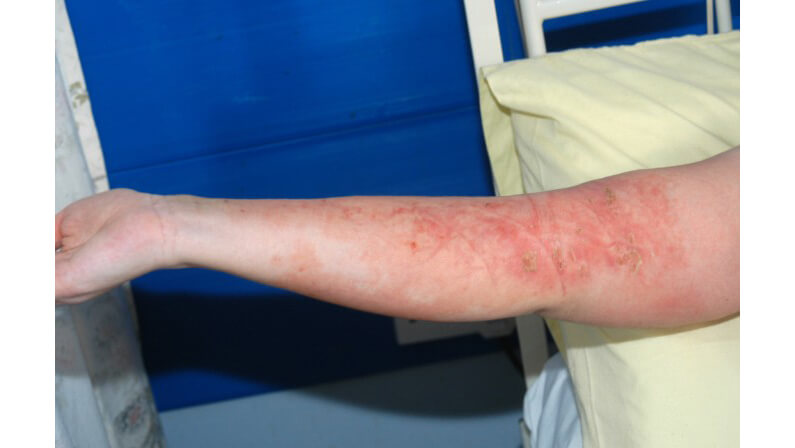Streptococcal toxic shock syndrome (STSS) is a potentially life-threatening bacterial infection. It is most often caused by group A streptococcus bacteria, although other types of streptococcus bacteria can also cause the condition. This article will discuss in detail the causes, symptoms, and treatment of STSS.
What Is Streptococcal Toxic Shock Syndrome
STSS is among potentially life-threatening infectious diseases caused by bacteria that usually enter the body through a break in the skin, such as a cut or scrape. Once inside the body, the bacteria multiply and release toxins that can damage the organs and cause severe illness.
According to the Centers for Disease Control and Prevention, the mortality rate for people with STSS is about 30-70%. Most people who develop STSS have a history of recent streptococcal infections, such as strep throat or impetigo. However, anyone can develop STSS, even if they have no prior history of streptococcal infections.
What Causes Streptococcal Toxic Shock Syndrome
Streptococcal toxic shock syndrome (STSS) is a serious and potentially life-threatening infection. It’s important to be aware of the symptoms and risk factors for this condition so that you can seek prompt medical treatment if necessary.
STSS is caused by infection with streptococcus bacteria. The most common type of streptococcus bacteria that can cause this illness is group A strep. Other types of streptococcus bacteria can also cause this illness, but they are less common.
This illness usually occurs in people who have recently been infected with strep bacteria. It can also occur in people who have been exposed to the bacteria, such as through close contact with someone who is sick or by using contaminated objects or surfaces.
Streptococcal Toxic Shock Syndrome Symptoms
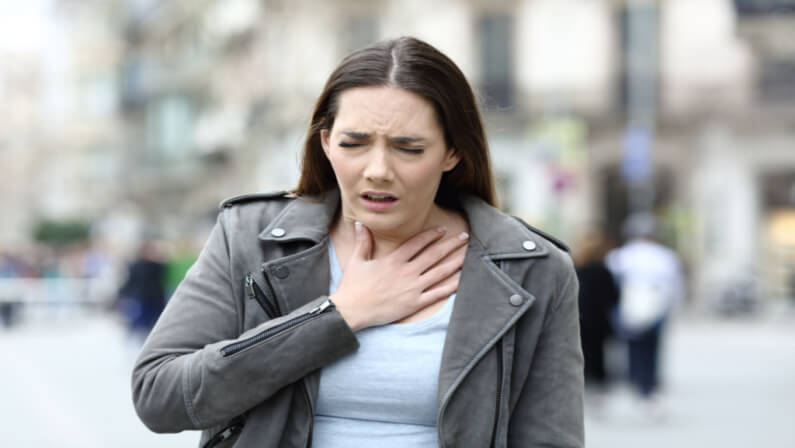
The most common symptoms include:
- fever
- chills
- low blood pressure
- headache
- dizziness
- confusion
- difficulty breathing
- skin rash
If left untreated, the infection can lead to necrotizing fasciitis (NF), a rare but deadly complication. Early diagnosis and treatment is essential for the best possible outcome.
Diagnosis of Streptococcal Toxic Shock Syndrome
STSS can be difficult to diagnose. Early diagnosis is critical as STSS can progress quickly and lead to organ failure and death.
There are several different methods for diagnosing STSS, which include:
Clinical signs and symptoms
Clinical signs and symptoms are the most important factor in diagnosing STSS. Patients with STSS typically develop a sudden onset of high fever, chills, low blood pressure, body aches, and rash. They may also experience nausea, vomiting, diarrhea, abdominal pain, and confusion. If these signs and symptoms are present, it is important to seek medical attention immediately.
Laboratory testing
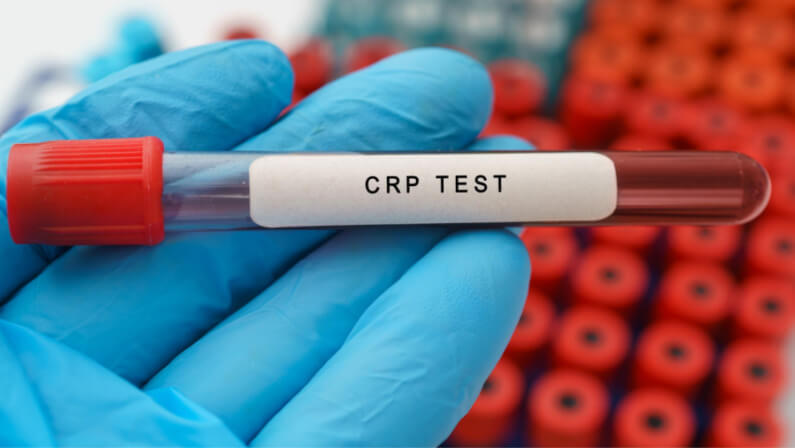
There are a number of different laboratory tests that can be used to diagnose STSS. The most common test is the white blood cell count, which can be used to identify an infection. Other tests that may be used include the erythrocyte sedimentation rate, which can be used to identify inflammation, and the C-reactive protein test, which is used to measure the level of inflammation in the body.
Imaging
In severe cases of STSS, imaging can be used to help with diagnosis. A CT scan can show areas of skin and soft tissue that are inflamed or have died. An MRI can also be helpful in diagnosing STSS by showing areas of inflammation.
Some People are at Increased Risk
There are some factors that could increase your risk of developing STSS, including:
Age
The elderly are at a higher risk for STSS because their immune systems are not as strong as they once were. This makes it harder for their bodies to fight off tissue infection. Additionally, the elderly are more likely to have chronic medical conditions that can make them more susceptible to STSS.
If you or someone you know is over the age of 65 and has developed a sudden fever, chills, or low blood pressure, seek medical attention immediately. These are all signs of STSS and require prompt treatment.
Breaks in the skin
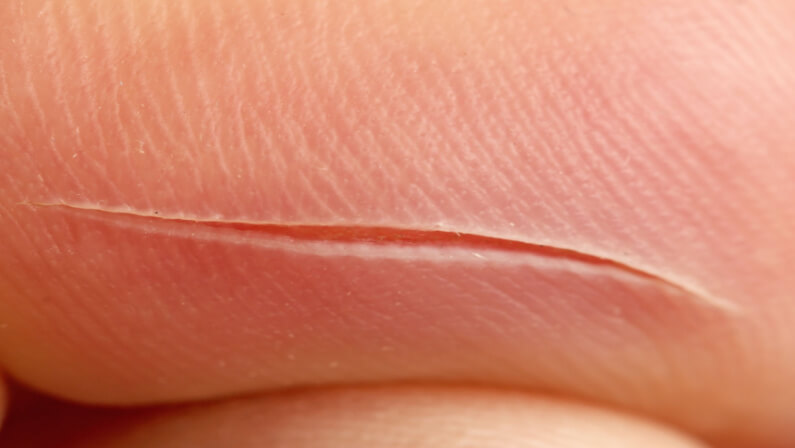
When your skin is broken, whether from a cut, scrape, insect bite, or any other type of wound, you are at an increased risk of developing STSS. This is because the bacteria that cause STSS, including group A streptococcus and Staphylococcus aureus, can enter your body through these breaks in your skin. Once inside your body, these bacteria can multiply quickly and release toxins that can damage your tissues and organs. In severe cases, STSS can lead to amputation or even death.
Chronic illnesses
Chronic illnesses like diabetes, cancer, and heart disease can weaken the immune system and make it harder for the body to fight off infection. This can increase the risk of developing STSS.
People with chronic illnesses are more likely to experience complications from STSS, such as organ failure and shock.
Streptococcal Toxic Shock Syndrome Complications
The early symptoms of STSS are similar to those of other types of infections, such as the flu or a viral infection. However, STSS can quickly progress to more serious symptoms, including organ failure and death.
Below are some complications you need to watch out for:
- Heart failure
- Kidney failure
- Liver failure
- Respiratory failure
How to Prevent Streptococcal Toxic Shock Syndrome
There are several steps that people can take to reduce their risk of developing STSS as follows:
Good wound care
Wounds provide an entry point for the streptococcus bacteria to enter the body. Good wound care, including keeping wounds clean and covered, can help prevent bacteria from entering the body.
Hygiene

Maintaining good hygiene like washing your hands regularly, especially after coming into contact with respiratory secretions or contaminated surfaces.
If you have a strep infection, it’s also important to keep your hands clean to prevent spreading the bacteria to others.
Chemoprophylaxis
Chemoprophylaxis is the use of medication to prevent infection. Chemoprophylaxis can be given before exposure to bacteria that may cause STSS, such as before surgery or during an outbreak. It can also be given after exposure, such as if you have been in close contact with someone with STSS.
Chemoprophylaxis is not a foolproof method of preventing STSS, but it can greatly reduce your risk of developing the condition.
Vaccination
Vaccination is the best way to prevent STSS. There are two types of vaccines available: the inactivated streptococcal vaccine (or S-ISP) and the live attenuated streptococcal vaccine (or L-ISP). The S-ISP is given as a series of three injections, while the L-ISP is given as a single injection. Both vaccines are given to people aged 2 years and above. The L-ISP vaccine is also given to people younger than 18 who have a weakened immune system, such as those with HIV.
Preventing transmission
Transmission of STSS can be prevented through early diagnosis and treatment of streptococcal infections, as well as prompt identification and isolation of patients with STSS.
There are a number of steps that healthcare providers can take to prevent the transmission of STSS. These include educating patients and their families about the importance of early diagnosis and treatment of strep infections, as well as identifying patients who may be at risk for developing STSS.
Streptococcal Toxic Shock Syndrome Treatment
With prompt treatment, most people with STSS make a full recovery. So, how do you treat streptococcal toxic shock syndrome? Below are some of the treatments for STSS.
Antibiotics
Antibiotics are a key component in the treatment of STSS. Without prompt and aggressive treatment, STSS can rapidly lead to multiple organ failure and death. While antibiotics are not the only treatment for STSS, they are essential in fighting the infection and preventing further complications.
There are a variety of antibiotics that can be used to treat STSS, depending on the bacteria causing the infection. The most important factor in choosing an antibiotic is to select one that is effective against the specific bacteria causing the infection. Once the bacteria has been identified, doctors can choose an antibiotic that will be most effective against it.
Immunoglobulin
Immunoglobulin is a protein that helps fight infection. It can help improve the symptoms of STSS, and it may also help prevent the condition from getting worse.
Treatment with immunoglobulin is typically given as an infusion, and it may be given more than once if necessary. The length of treatment depends on the severity of the condition, but it is usually given for at least two weeks.
Intravenous Fluids
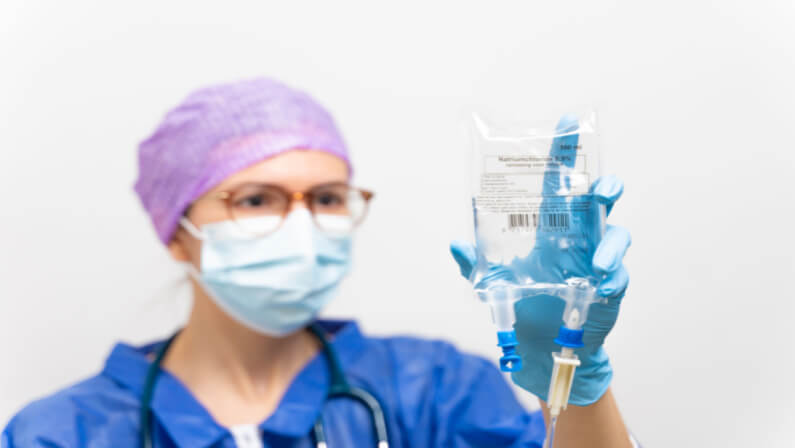
Intravenous fluids are an effective treatment for STSS. They can help to prevent dehydration and improve blood flow. They can also help to reduce swelling and inflammation.
Intravenous fluids are an important part of the treatment for severe tissue injury and shock. They are used to maintain blood pressure and keep the body from going into shock. Shock is a life-threatening condition that can occur when there is not enough blood flow to the organs. This can happen when there is severe tissue injury, such as from a car accident or a fall. Intravenous fluids help to prevent this by keeping the blood pressure up and keeping the body from going into shock.
Vasopressors
Vasopressors are one of the treatments that can be used to help stabilize patients with STSS. They work by constricting blood vessels and increasing blood pressure, which can help to improve blood flow and oxygenation to vital organs. While vasopressors are an important part of treatment for STSS, they must be used carefully as they can also cause serious side effects.
Oxygen Therapy
Oxygen therapy can help to improve the patient’s blood oxygen levels and reduce the risk of organ damage. It is typically used in conjunction with other STSS treatments, such as antibiotics and surgery. In some cases, oxygen therapy may be the only treatment necessary to save the patient’s life.
Final Thoughts
Streptococcal toxic shock syndrome is a serious and potentially life-threatening condition that can occur when strep bacteria invade the body and release toxins. Early diagnosis and treatment are essential for the best possible outcome. If you or someone you know has symptoms of streptococcal infection, it is important to seek medical attention immediately.
If you are in Kingwood, Texas, contact Aether Health – Kingwood ER today to schedule an appointment with our board-certified emergency medicine specialists.

